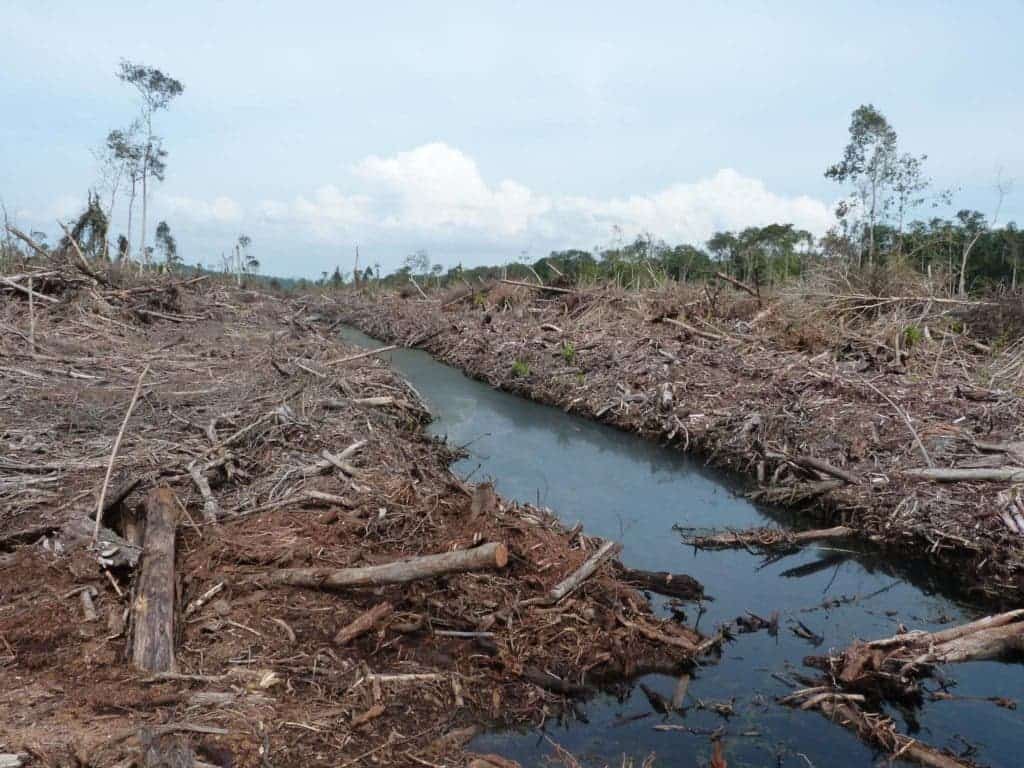Obtained from the fruit of the oil palm tree, the use of palm oil has dramatically increased in recent years, and it is now the world’s most widely consumed and traded vegetable oil. But this has come at a cost: the clearing of land for more crops and the release of a growing amount of emissions to the atmosphere.

New research has looked at the greenhouse gas emissions released from palm oil plantations and found that getting the land ready and growing young plants is much more damaging for the environment than mature plantations, releasing twice the amount of greenhouse gas.
The study, published in Nature Communications, was performed by plant experts from the University of Nottingham working in Malaysia. They analyzed five sites with four different stages of land use, including secondary forest, uncleared forest, cleared forest, and mature plantations.
The team looked at soil and gas samples from the sites and concluded that the largest amount of emissions was released during the first stages of the crop development – 50% higher than the emissions released during the mature stage of the crops analyzed.
Tropical peat swamp forests, like the one in which the research was carried out, hold 20% of the global peatland carbon. Nevertheless, that amount of carbon could soon be released to the atmosphere because of the expansion of agriculture, mainly for oil palm and pulpwood.
Farmers drain the peatlands, which increases the amount of oxygen in the soil. This leads to a higher rate of decomposition of the organic material, which causes higher emissions from the drained peatlands. It’s not only carbon dioxide but also other gases such as CH4 and N208 that are released to the atmosphere.
“Tropical peat swamps have historically been avoided by palm oil growers due to the amount of preparation and drainage the land needs, but as land becomes more scarce there has been an increased demand to convert sites and the periphery of North Selangor is being heavily encroached upon by palm oil plantations,” said Dr. Sofie Sjogersten, co-author of the study.
Key facts about palm oil
Close to 50% of the packaged products in supermarkets now use palm oil, according to WWF, ranging from pizza to deodorant. It’s also used in animal feed and biofuels, showing a high versatility due to its properties. It’s resistant to oxidation, odorless, colorless, and stable at high temperatures.
Palm oil is a major driver of deforestation in some of the most biodiverse forests of the world, affecting the habitat of endangered species such as the Sumatran tiger. The deforestation leads to the peat soils reach with carbon being converted into greenhouse gas emissions.
Emissions due to palm oil in Indonesia represented between 2% and 9% of all tropical land-use emissions from 2000 to 2010. Indonesia is the seventh-largest emitter of greenhouse gasses, with deforestation accounting for 30% of those emissions. The country has already unveiled plans to double its palm oil production.









